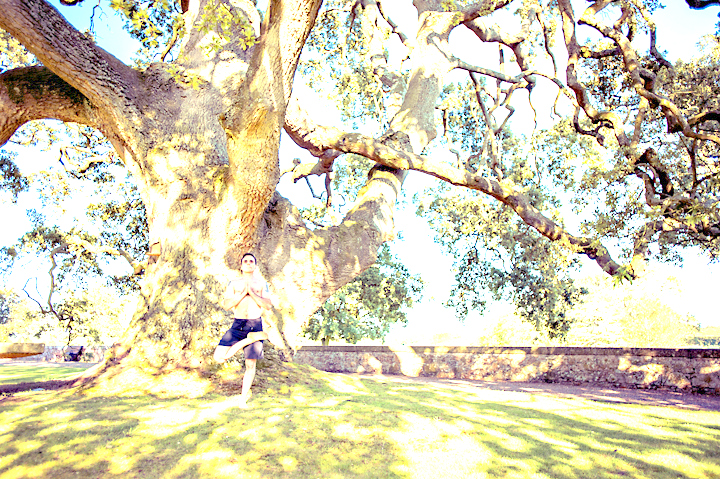Remember from Part I & Part II we are focusing in on how you can apply Yoga ethics when you are at Yoga school and on your mat. The Niyamas are disciplines aimed at fostering positive qualities.
- Saucha ~ Purity, cleanliness of body and mind
If you believe the expression ‘how you do anything is how you do everything’ you can reflect this in the way you present on your mat. Think of your mat as anything and EVERYthing; in the Yoga room the mat is your world. Kriyas (Yogic cleansing techniques) aside, on your mat it is simple: Keep your space clean and orderly. Ensure your hair is tidy off your face. Make sure your feet are clean. Don’t bring strong odours into the room. Have a clean mat/towel (e.g. if you have had your mat or towel on the beach please make sure it is free of sand before you bring it into the studio). The rail is not for hanging your clothes on! Don’t drape your belongings around the studio. No Yoga bags in the Yoga ‘room’. Keep your valuable belongings tidy ON your mat space (think ‘Zen’ like). Do not step ‘on’ other peoples’ mats. Do not step ‘over’ other peoples’ bodies. Yes space is limited in YM but there is perfectly adequate space to walk AROUND peoples mats if you slow down/take your time. Heavy sweaters have their own extra considerations Sweatiquettes and MatMatters. Don’t leave your debris behind after class (nails, plasters, tissues, bits). Whilst even one person is still in Savasana collect your belongings quietly (think mat roll up, not squashing empty plastic bottles, consciously closing doors softly) and depart the Yoga room in an orderly, quiet fashion (practice a version of mauna and cleanliness of sound). This is not just for yourself; it is in consideration of other practitioners too and it will come back to yourself as people acknowledge (albeit silently) your considerateness (or otherwise). There is definitely a more subtle energetic issue here and attention to this element of Yoga practice will help you cultivate your awareness of your surroundings and of others’ needs and rights to have their moment of stillness too. Much of this is not only a hygienic (physical and mental) practice but for safety too.
Also it is important to keep the energy of one’s own practice in the moment distinct from the energy of others in the studio. Little things help this, like adhering to the floor mat placing/sticker rule and aligning mats/towels neatly, laying tall bottles on their sides so they don’t obscure the vision of others when laying on the floor. Consider this mat ‘feng shui’ :). Keeping the order helps the energy of the room flow. If you do not align properly you may be blocking the vision of a student behind or encroaching on their space; this is one student’s energy interfering with another student’s energy. ‘Love Prep’
In getting it right a synergistic effect takes place – the effect of one student’s work and energy helps the rest of the class do the pose. Likewise, the energy of the collective group helps each individual do the pose.
- Santosha ~ Contentment, of ones achievements and where one is in their practice
Patanjali makes ‘contentment’ an active practice rather than a reaction. EVERY class acknowledge where you are at in your practice body and BE GRATEFUL that you are able to move your body to the limit it will move TODAY whether it is a little or a lot whether it is an easy move or a difficult move.
Think, how far you have come, accept you might not be ready for the next stage in your posture (e.g. Standing Leg Head to Knee ~ the one where people love to rush ahead for the longest time without having attained ‘Lock the Knee’). Just because you are not ready for the deepest version of a pose doesn’t mean your posture is ‘bad’. This thinking ‘bad’ of your posture! You have to change it up folks! With right approach your posture is as good as it can be today and there is always another class tomorrow and it will get better. IT IS A FACT that there are students who don’t necessarily got deep or high or even lock the knee yet who are the BEST Yoga practitioners in our little school because of ‘HOW’ they are where they are in their practice.
Another little indicator of lack of contentment in a posture is a student’s face contorting in effort. This contortion is an extra {read Mirror Mirror to understand more about what are ‘extras’}. Notice this in yourself and let go of it. As you become more self-aware and confident and you ACCEPT your practice body as it is and not what you WANT it to be, you will create space for an ease to creep in. This brings mental peace. Contentment.
- Tapas ~ Fiery Discipline! Building up ‘heat’, austerity, endurance, perseverance, self-discipline
Ah! The heart of all Yogic disciplines! Maintaining focus and right intensity. Yes Bikram Yoga can be challenging mentally and physically; but to practice this Niyama you MUST push against/test your limits (that does not mean going over your limit). Your practice should be regular no matter what you are feeling (illness aside of course). Often it is those days of low energy where the class ‘recharges’ you and the days of feeling all powerful where your body can show resistance. You just can’t plan this stuff; you have to turn up to see what happens.
We know you can do more ~ but can you do less? Discipline doesn’t have to be difficult! Discipline doesn’t mean torture yourself! Don’t engage in a ‘battle’ with difficult. JUST TURN UP for class. There. The hard part is done. Take the rest as it comes and do your best. Best effort doesn’t mean best forcing. Using ‘right forces’ doesn’t mean maximum forcing. Remember in Yoga the minute you start forcing you have stopped practicing Yoga. As an instructor it can be hard to get some people to back off their practice on those days where they are clearly feeling all powerful and some days I can’t seem to stop them muscling and forcing themselves into postures (they are not there on the Yamas yet!) so they learn some of this stuff the hard way when it could be much simpler. Equally for those who are feeling weak on the day it can be hard to get them to simply acknowledge their low level of energy and work with/in that. They would rather give up or continue to do battle with ‘difficult’ rather than acknowledge where they are at (so they are not there with Santosha yet). I say the words but can’t seem in that moment to get them to just break it down to the minutae and stay present. E.g. the more dynamic poses can be broken down into steps. If they strip them back a bit; work on the foundations more (the alignment, the grip, the breath) make them more manageable to the way they are feeling in the moment; they can build on that in classes of greater energy and as they develop. BUT They need to consciously make the EFFORT required to address finding the right intensity. Maybe set an intention just prior to class (to keep it at the forefront of mind or to really listen to the instructions). The balance of Tapas/Santosha can take a while but it won’t happen if you don’t TURN UP and tune in!
- Swadhyaya ~ Spiritual / Self Study
Scriptures aside 🙂 . On your mat consider that you are alone. It doesn’t matter how many students there are in the room; this is your time, your practice. Applying all the principles of Yama and Niyama mentioned heretofore in your Yoga class IS Swadhyaya. Looking inward and developing your awareness of the meaning of sensations coming from your body during practice IS Swadhyaya. Developing your awareness of your environment and your effect on it and its effect on you mentally and physically IS Swadhyaya. Your Bikram Yoga school environment, the people around you on their mats and the asanas themselves are like a lab where you are doing research work on yourself and your reactions to all. Observing any patterns emerging. Tweaking them in the minutiae of the moment.
- Ishvara-Pranidhana ~ Love, Respect and Surrender to the Wisdom of the Universe
Yes, I just defined a ‘separateness’ in ’Swadyaya’ of you.on.your.mat.alone. ~ to make a point. ULTIMATELY YOU ARE PART OF A ‘WHOLE’ and so that separateness in a sense is a ‘false’ one. You are part of something bigger! Think of your Bikram Yoga school as a microcosm of the Universe and realise you are part of an ‘ecology’; interconnected to all those on their mats around you in the school environment. This ‘collection of practitioners’ each class has its own dynamic. Maybe you don’t know that person on the mat next to you personally but think! You attending to getting it right on your mat in YOUR Self Study will positively impact all those around you as you inspire them with your contribution to the class energy. If you like, you are helping someone you don’t even know and may never properly meet! WOW!
Show them how it is done. Actively respect and cultivate patience so that ultimately you won’t ever be impatient. Surrender in the moments that present opportunity to surrender. It possibly all boils down to this: the INTENTION in your heart. This is what counts: your good intention and dedication to your practice on your mat. This is all Love. For Others and Self.
This is what will fuel you giving your best effort each class. Trust your own body’s ability to heal and trust the power of Asana to stimulate the healing. Understand that practice by the very nature of the word is ONGOING.FOREVER.INFINITE. It is not even necessary to know the destination. Know that you will never ‘get there’ and it doesn’t matter.
Good. Now that is cleared up. Yes? If not, if you are still confused ~ may you be the ‘best, happiest and practicing’ confused person on Earth and thank you for reading!
Om Om Om… infinity and beyond…
Trisha
May 2018

